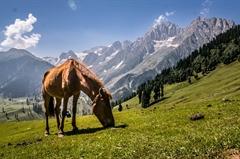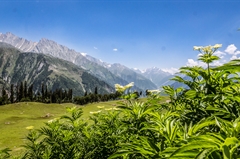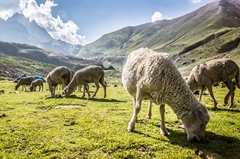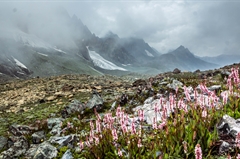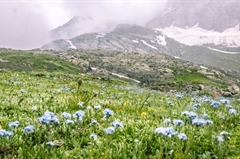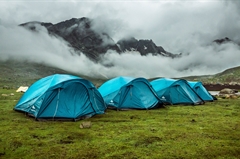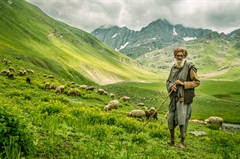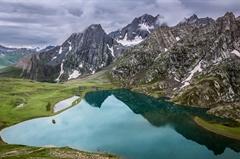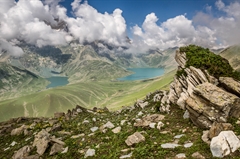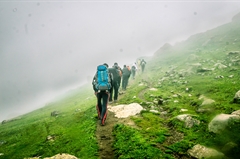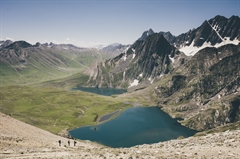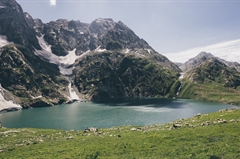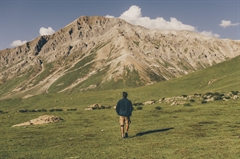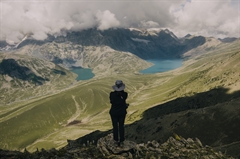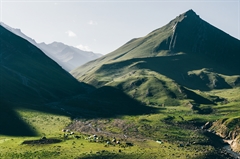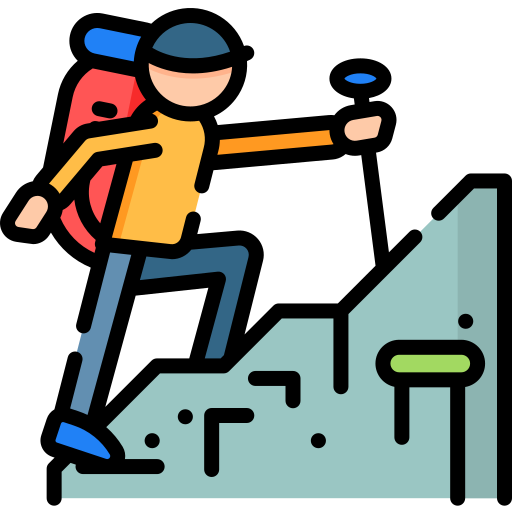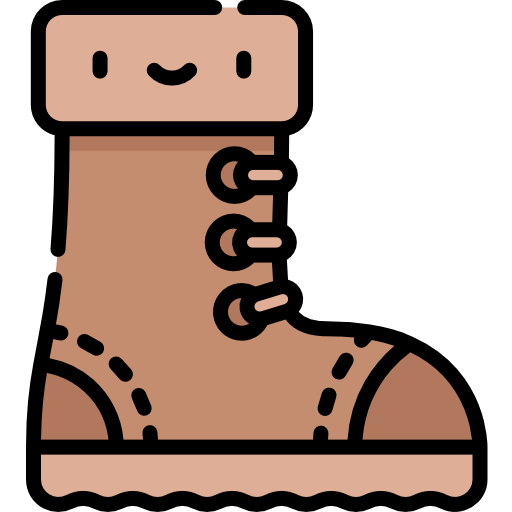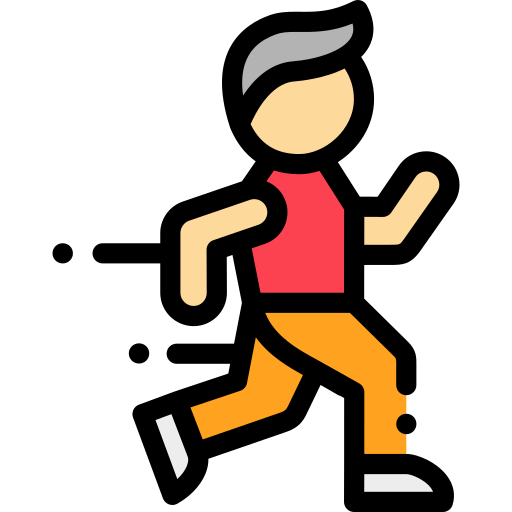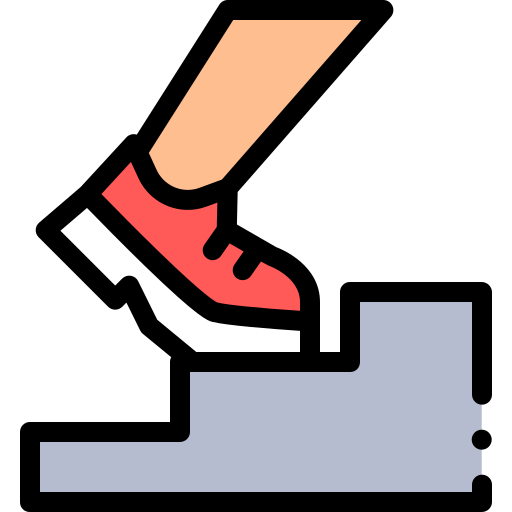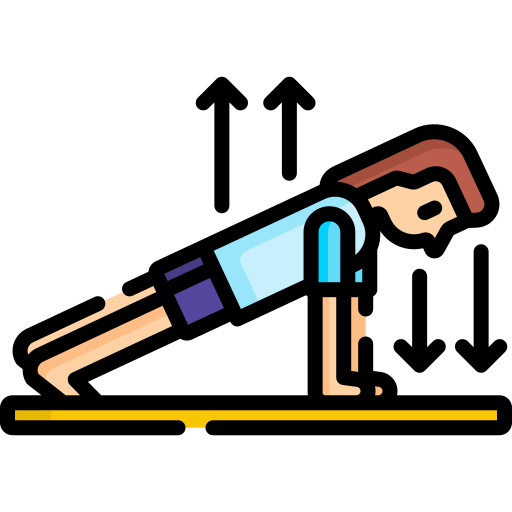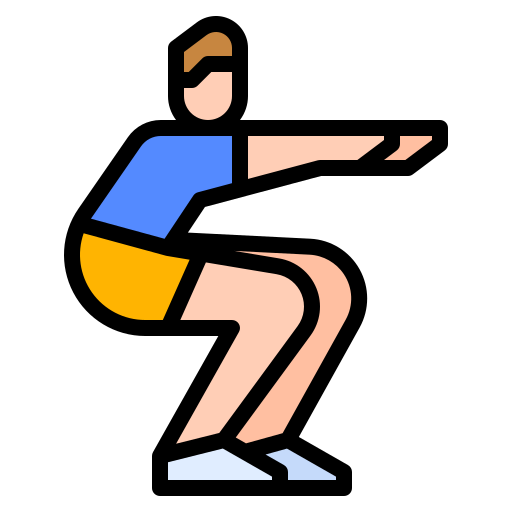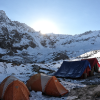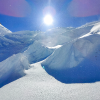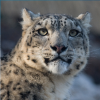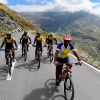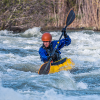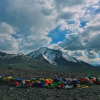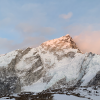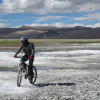Kashmir Great Lakes Trek
Kashmir Great Lakes Trek
Add ons
Available Batches
Available Batches
Brief description
Brief Itinerary
Detailed Itinerary
Day 1
Arrival at Sonamarg (2, 730 M)
Distance: 81 kms (Srinagar to Sonamarg)
Duration: 3 hours
Sonamarg, which translates to Meadow of Gold, is the starting point of the KGL trek. If you have opted for transport with Bikat Adventures, please ensure you board the vehicle from Dal Gate No. 1 in Srinagar latest by 12 PM. If you are traveling on your own, try to reach Sonamarg by 3-4 PM.
Although you have to report at the base camp only by 3 P.M, we recommend you come here early to explore the region. Home to some renowned peaks and glaciers of the Kashmir National Park, one can spot the Sirbal Peak, Kolahoi Peak, Amarnath Peak and Machoi Peak alongside the Machoi Glacier from here.
The drive from Srinagar to Sonamarg, although short, is a pleasant one to undertake. Once you are out of the city, there is barely any traffic and charming countryside vistas replace the cityscapes. About 30 kilometres into the drive, snow-capped mountains take over the horizon and sprawling, grassy meadows cover the lands on either side of the road as far as the eyes can see. The views enroute to Sonamarg are well worth a day trip from Srinagar!
The stay will be arranged in camps for the day. We will have a Team introduction after evening tea followed by an early dinner.
Day 2
Sonamarg (2, 730 M) to Nichnai (3, 500 M) (Click to View GPS data)
Distance: 10 kms
Duration: 6 hours
We begin our trek at 9 am today from Shitkadi. The trail is a fair mix of ascent and descent. The gradient is moderate and plenty of water sources will be available for refilling water bottles along the way.
We begin by following a vehicle track that heads out of the main road of Sonamarg. This track descends all the way down to the Sind River from where the trail head for the Kashmir Great Lakes Trek begins.
The trekking trail from the trail head quickly ascends up. About ten minutes into the trek, the trail unanticipatedly enters a patch of rolling, green meadows overlooking the town of Sonamarg. This marks the end of civilization as we know it and the beginning of the beauty that is the Kashmir Great Lakes Trek!
Take a couple of moments to soak in the view here. The waters of the Sindh river glistening in the early morning sunlight as she makes her way through this tiny town hugged snugly on either side by gorgeous mountains is a sight to behold.
This view only gets fuller and more resplendent as you ascend further up the trail. It takes 30 minutes to the reach the top of the meadow. Maple, pine and silver birch trees dot the landscape here. From here onwards, it is an undulating climb across vibrant meadows marked by clear brooks and streams all the way up to Nichnai, your campsite for the day!
Day 3
Nichnai (3,505 M) to Vishansar Lake (3,658 M) via Nichnai Pass (4,150 M) (Click to View GPS data)
Distance: 11 kms
Duration: 6 hours
We will be breaking camp early for the day and starting at 8 a.m. While the gradient is moderate, be prepared for long hours of walking. The scenery shifts winningly through the day ranging from a leisurely walk through expansive meadows, ambling along the banks of a river to a moderate ascent up the Nichnai pass followed by a sharp descent from the top of the pass.
We begin by walking along the river running through the Nichnai Campsite. On the way, look for feasible spots where you can cross the river. The Nichnai Pass is located at a distance on the other side of the river.
Once you reach the other side, continue walking along the river bank in the direction of the Pass (which can be spotted from the campsite itself). The trail ascends steadily for the next hour all the way to the top of the ridgeline that was visible from the meadow below. This ridgeline is not the Pass however. The actual pass begins after a couple of bends along the ridge.
The Nichnai Pass is a striking passageway set at 4, 150 M with snow clad mountains lining its left. There are no peaks on its right but the land rises there as well giving it the illusion of walking through a tunnel.
Once you reach the top of the Pass, it is a rapid and steep descent on rocky terrain to the meadows below. You will notice that colourful little flowers dot the grass here. A new river now flows from the Pass into this region. Multiple, narrow trails run into the horizon as far as the eyes can see.
Take one of these trails and continue walking ahead. Snow-clad mountains rise against the skyline on your left while your right hand side contains stretches of barren and rugged mountain faces. The sharp contrast in scenery only exaggerated further by the dewiness of the grass and flowers at your feet makes this one of loveliest meadow walk experiences on the Kashmir Great Lakes Trek.
Our campsite for the day is located two hours away beyond yet another river crossing and not far from an alpine lake with startlingly blue waters that is bound to have you hooked right from the moment you lay eyes on it. This is the all famous Vishansar Lake with its twin, Kishansar Lake, not far behind.
Day 4
Buffer Day (Subjected to Weather Condition)
If the weather condition is bad, then we will use the buffer day which can be used to explore the lakes & acclimatize. The decision to use the buffer will solely be taken by the trek leader.
Day 5
Vishansar Lake (3, 658 M) to Gadsar Lake (3, 810 M) via Gadsar Pass (4, 206 M) (Click to View GPS data)
Distance: 10 kms
Duration: 6 hours
Today’s trek is a steep two hour ascent followed by a steep two hour descent and then a gentle walk through the meadows. There will be ample water sources along the way to refill your water bottles.
Our trail begins with climbing a pencil thin ridge running along the mountain side near Kishansar lake. It takes about an hour and a half to reach the top of this ridge. About midway through your ascent, the mountains unfurl an arresting view of the Kishansar and Vishansar lakes together!
This view lasts until you reach the top of the ridge. What follows is an hour of steep descent after which the trail opens up into a bright valley with mountain ranges guarding it on either side.
The meadows of this valley are by far one of the most colorful you will be encountering on the trek, thanks to the bright red, yellow, purple and blue flowers popping out of the green grass. It makes you want to flop down and sneak in a nap after the steep climb up the pass. The Gadsar Lake lies beyond this meadow.
With piercing blue waters, the Gadsar lake is the most pristine of the seven alpine lakes primarily because it is the least visited. Quite a few make weekend trips from Sonamarg to Vishansar and Kishansar, more so make the trip on the other side of the trail; from Naranag to Gangabal. Gadsar, however remains untouched because of its location at the highest point of the trek which makes its accessibility tough.
Our campsite is one and a half hours away from the Gadsar lake, close to an Indian Army camp where all of our original ID cards will be collected, checked and recorded.
Day 6
Gadsar Lake (3, 810 M) to Satsar Lake (3, 658 M) (Click to View GPS data)
Distance: 12 kms
Duration: 6 hours
The gradient for the day is mostly moderate barring the first one and half hours of steep ascent. Post that, it is a level walk all the way up to the next campsite.
The landscape on today’s trail stands in sharp contrast to the river valleys we have been trekking through till now. The terrain is rugged, desolate and captivating in its isolation. Meadows are scant and are marked by scattered patches of white flowers. Boulders and rocky terrain dominate the landscape with an occasional brook cutting through them.
We will be crossing an army camp today as well where our original ID cards will be collected, checked and recorded before letting us cross. Rolling grasslands once again take over the terrain beyond the army camp. Ten minutes away lay the first of the Satsar Lakes. Satsar is actually a group of seven inter-connected lakes situated in a narrow alpine valley stretching north to south. The lakes drain out into the Wangath Nallah which is a tributary of the Sindh.
Big and picturesque in its greenery and backdrop of the mountains, we will be setting up camp here for the day.
Day 7
Satsar Lake (3, 658 M) to Gangabal Lake (3, 505 M) (Click to View GPS data)
Distance: 13 kms
Duration: 7 hours
We begin by taking the trail heading out of the Satsar Campsite. This section of the trail is exciting primarily because it is dominated by boulders. Most trekkers, we have noticed, are comfortable getting down on all fours when hopping from one boulder to the next. As fun as it may seem, do watch out for loose rocks that can make you lose your balance.
Beyond these boulders lie the largest and the last of the Satsar Lakes. After this, the trail descends for a good half an hour until we are confronted by ridge lines running across the mountains. It is time to gain altitude again. Be prepared for a steep ascent for the next three and a half hours. The terrain, you will notice, turns distinctly rocky and barren the farther we climb from the base.
Perhaps, it is to make up for the starkness of the landscape that KGL treats you with one of the most theatrical views of the trek right on top of this ridge- a vertigo inducing scene of the Gangabal and Nandakol lakes nestled snugly in the valley. Mist and fog playfully flit in and out of the scene hiding and revealing the twin lakes impelling you to take a break to watch the spectacle unfolding in front of you.
We will be setting up camp on the banks of the Gangabal lake. As is evident from the Pass, it is a very long descent from the top of the ridge to the campsite.
Unlike the other campsites, you will notice more trekkers and tents here. Gangabal and Nandakol are famous for trout fishing in the region. The Nandakol lake is bewitching in its setting. A jagged glacier clinging to slopes of the Harmukh Peak feeds the lake at its base. The play of light and clouds on the glacier are fascinating to watch!
Once you set up camp at Nandakol, take some time out to explore the Gangabal lake.
It is a short walk and a river crossing away from the campsite. The Gangabal lake, you will notice, is far less crowded than Nandakol and more tranquil in its setting. The water is clear near the banks revealing colourful pebbles on the waterbed. A mountain sits right on top of it. Remnants of a glacier clinging to its base feed this lake. It is a long and pleasant walk along its banks.
Once you are done exploring, ensure you return to your campsites before it gets dark.
Day 8
Gangabal Lake (3, 505 M) to Naranag (2, 271 M) (Click to View GPS data)
Distance: 11 kms
Duration: 6 hours
Watch your toes and knees on the trail today because, as you have guessed it, we will be descending to the Naranag road head which is where our trek comes to an end. The distance is long and the trail gets steep at the end.
From the Gangabal campsite walk along the ridgeline that runs downstream towards the trees. It takes about an hour to reach the treeline. Continue walking along its fringe. For the first 7 kms or so, you don’t really lose altitude. There are gentle ascents followed by flat walks on lush grassy meadows.
You also begin to notice the beginning of civilization on the way. A hut or two dot the landscape and makes you wonder what it would be like to live there. Once you cross the 7km mark, the trail begins descending sharply. The track is mostly muddy and runs under a cover of pine trees. One or two kilometres into the descent, Naranag appears in sight but it is still a long way to go.
Expect to reach Naranag by afternoon. Our vehicles to Srinagar will be waiting there. We should be in Srinagar by half past 6 in the evening. If you are planning to travel out of Srinagar the same day, ensure you book your transport that leaves the city post 9 to account for any delays on the way.
What's Included
- Veg/ Egg Meals during the trek - Starting evening snacks on Day 1 till Lunch on Day 8
- Forest Permits/Camping Charges/Permits, Trek Permit Fee/IMF Permission (Upto the amount charged for Indian nationals)
- Camping tents (Twin sharing), Temp rated sleeping bags, mattress
- Safety Equipment includes static rescue rope, seat harness, carabiners, pulleys
- Mountaineering course certified Trek Leader with First Aid certification & customized rescue course from NIM
- Experienced Local guide, cook, helpers
- Porters or mules for carrying common luggage
- Exhaustive First Aid kit including portable oxygen cylinder
What's Not Included
- Meals during road journeys
- Any kind of Insurance
- Any expense of personal nature
- Any expense not specified in the inclusion list
- Portage of personal backpack
- Transportation to and from Srinagar
Are you Eligible for this Adventure?
BRS Level Required
This makes it mandatory for you to have high-altitude experience of preferably multiple treks marked at level 5 on the BRS. The altitude, the terrain and the nature of the climb demand a certain level of skill and a need for you to be aware of how your body reacts to the various features of high altitude environment.
If you do not know what level of BRS trek would suit you best, worry not! Fill out this Form:
we will send you a progression chart to help you comfortably get out of your comfort zone in order to level up and ultimately reach your highest potential in the big, bad world of outdoor adventure.
Packing List
This is a list of essential items for individuals doing the trek with Bikat Adventures. This list contains only those items which the participants are required to bring with them. The list excludes those items which are provided by Bikat Adventures on the trek. We have divided the items into five categories. All the items in the list are essential except for those marked as optional.
Trekking Gear
- Ruck sack bag with rain cover. Qty -1
- Day Pack Bag - Recommended for treks with summit day
- Head Torch with spare Batteries. Qty -1
- U V protection sunglasses. Qty -1 Here is how you can choose the best sunglasses for trekking.
- Water Bottles: 2 bottles of 1 liter each
Footwear
- Non-skid, deep treaded, high-ankle trekking shoes Qty -1
- Pair of light weight Slipper/Sandals Qty -1
Clothing
- Quick Dry Warm lower or Track Pants. Qty - 2
- Full sleeves T-shirts/ Sweatshirts. 1 for every 2 days of trekking
- Pair of thick woolen socks. 1 pair for every two days of trekking
- Thermal Body warmer Upper & Lower. Qty-1
- Undergarments. Qty - 1 for every day of trekking
- Warm jacket closed at wrist & neck .Qty-1
- Full sleeves sweater. Qty -1
- Rain wear ( Jacket & Pants ) . Qty-1
- Pair of waterproof, warm gloves. Qty-1
- Woolen cap. Qty-1
- Sun shielding Hat. Qty -1
Toiletries
- Personal toiletries kit (Small Towel, Toilet paper, paper soap, Bar soap, toothbrush, toothpaste, cold cream, etc.)
- Sun screen lotion small pack. Qty -1 Here is your Sun Protection 101 to stay safe in the bright sunny outdoors.
- Lip Balm small pack. Qty-1
Utensils
- Small size, Light weight & Leak proof lunch box. Qty-1
- Plate. Qty- 1
- Spoon.Qty-1
- Tea/Coffee (plastic) Mug.Qty-1
Miscellaneous
- Camera (Optional)
- Carry your medicines in plenty in case you have any specific ailment. Consult your doctor before joining the trek.
- Dry fruits, Nuts, Chocolate bars (Optional)
Frequently Asked Questions
Why Bikat?
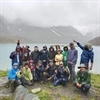

Small Group Size
Our batch sizes are capped at 15 for smaller treks with the trek leader and trekker ratio of 1:8. This ratio, in our years of experience, has proven to deliver the best trekking experience for individuals as well as groups. Capping the size of the group ensures individual attention to each trekker so that no signs of distress or need during the trek go unnoticed. It also helps to form a more cohesive cohort with better group energy which helps define the rhythm and pace of days on the trek. As you go higher up on the BRS scale, since the stakes are higher, expeditions have an even smaller group size with the ratio of expedition leader to climber set at 1:2.
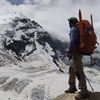

Qualified Trek Leaders
We follow a rigorous regime of hiring and training our experts in the field. Each trek leader is a certified mountaineer with years of experience in the field. In addition to their qualification, they also go through practical and situational training to tackle any and all kinds of sudden conditions that may present themselves on the ground. Being unpredictable is the core nature of the mountains but being ready for any circumstance as best as possible is a controllable asset that we try to nurture. Our field experts are also trained in basic medicine and first-aid response. Watch: Forerunners - The Making of A Trek Leader At Bikat Adventures
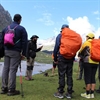

Guided Progression
Since Bikat Adventures is a learning-based organization, we help you climb up the ladder of difficulty within the sphere of outdoor adventure systematically. Our on-ground training modules are designed to handhold you through the upskilling process so that you are ready to take on bigger challenges.
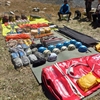

Equipment Quality and Check
All the gear used on our treks and expeditions is tried and tested, maintained for good quality, and is overall top-notch in quality and condition. We are continually looking to obtain the best of everything there is in the market so as to ensure optimum safety.
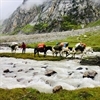

Support Systems
Along with the staff you see on-ground, we have a team of superheroes working in the background to give you the best experience possible. Our background team also comprises local staff from each area who know the region best. Having local support helps with studying the area, pre-planning, execution, and in receiving timely support in case of emergencies in these remote locations.
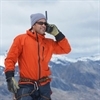

Communication
Our on-field staff is in constant contact with our teams based in primary locations so as to eliminate any avoidable delay in reaching additional help and support when required. We try to use the best tools for communication available, including satellite phones, in regions where they are not restricted.
What our customers Say
Cancellation Policy
Cash refund
Cancellations up to 60 days prior to departure date
Between 60 days upto 30 days prior to departure date
Between 30 days upto 10 days prior to departure date
Less than 10 days prior to departure date
Voucher refund
Cancellations up to 30 days prior to departure date
Between 30 days upto 15 days prior to departure date
Between 15 days upto 10 days prior to departure date
Less 10 days prior to departure date
- Cash refund is applicable only in case of bookings made without using any promotional offer code or Cancellation Vouchers or Discounts
- This is only a brief of cancellation terms. For finer details please refer Detailed Cancellation Policy.
Blog Posts
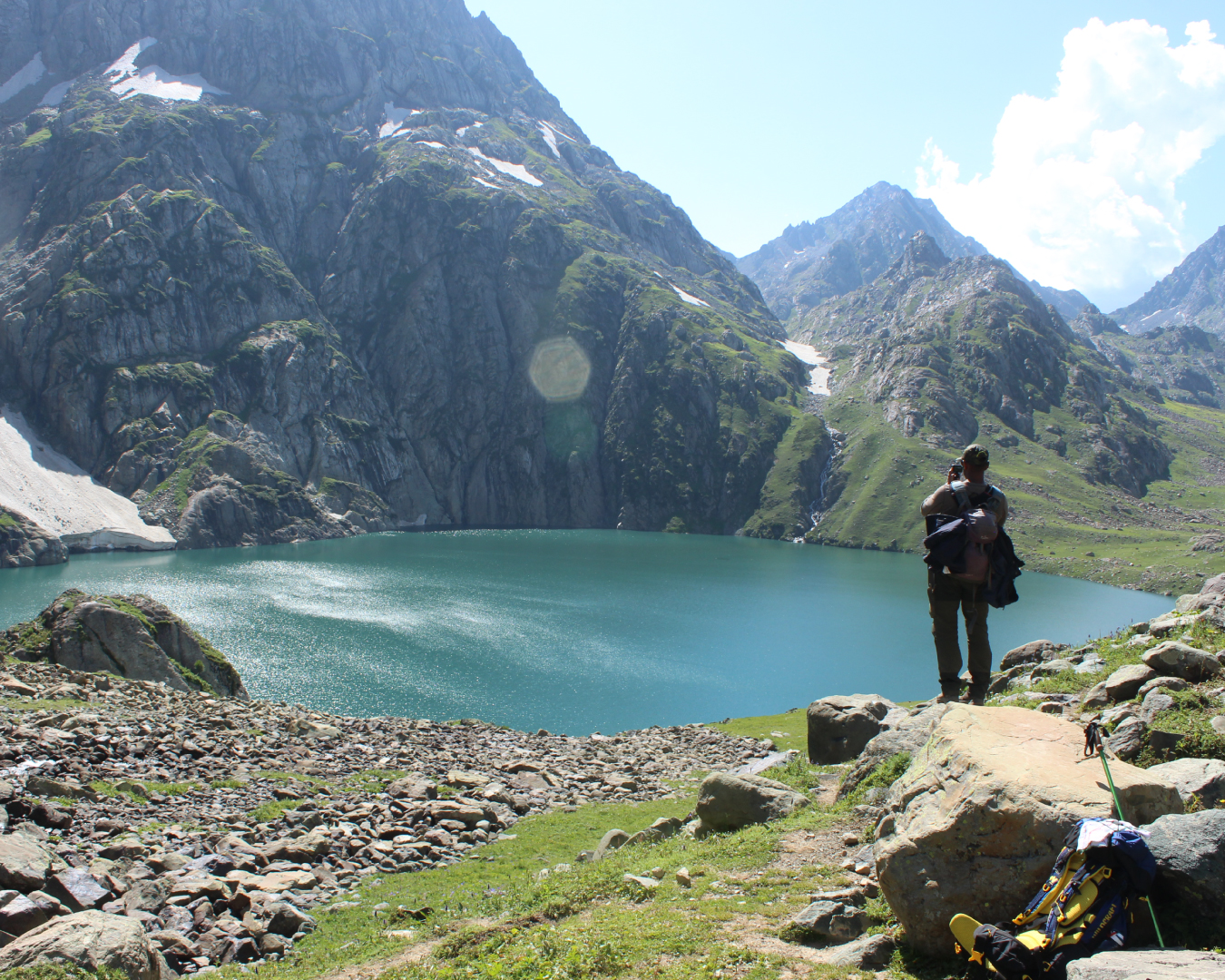
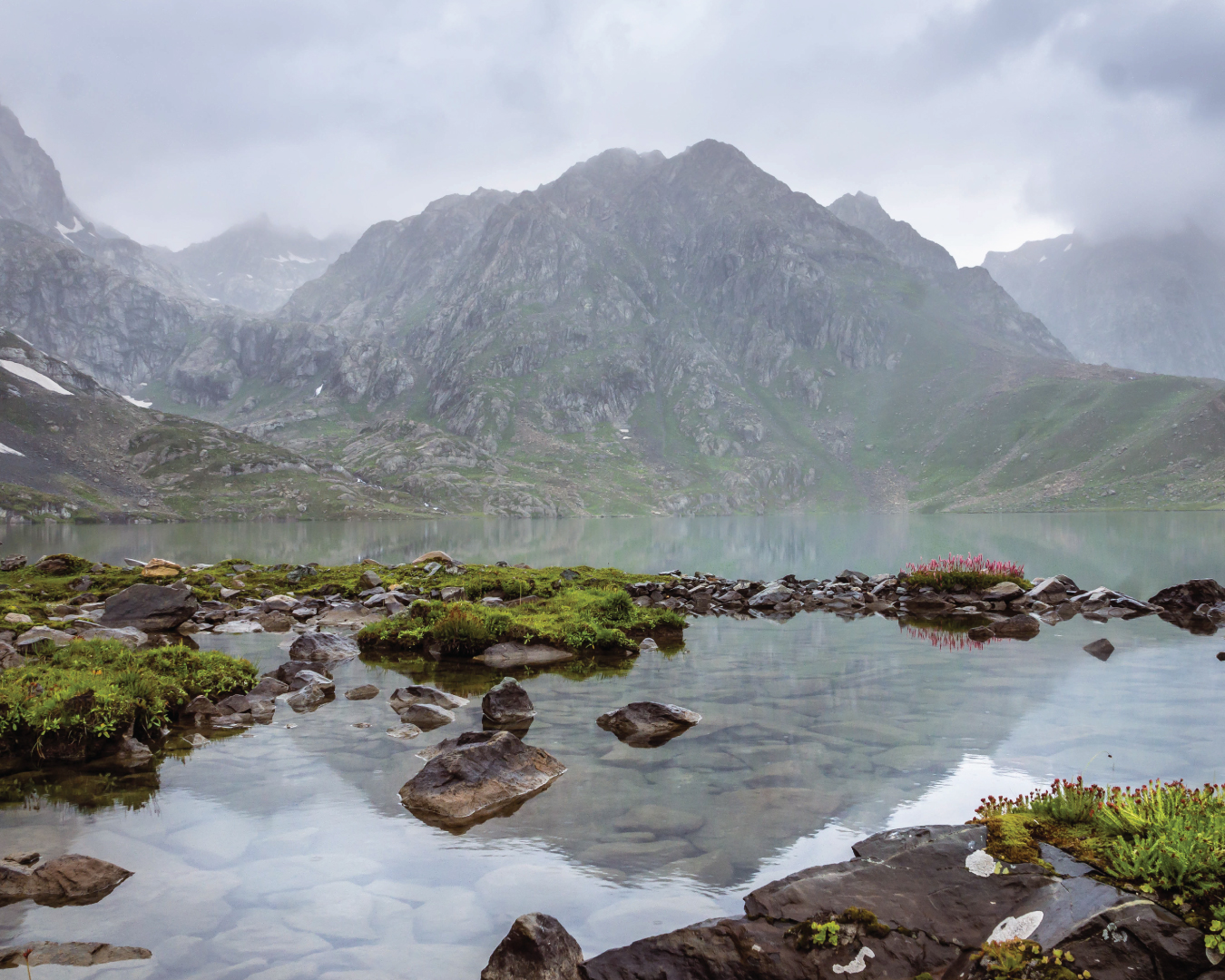
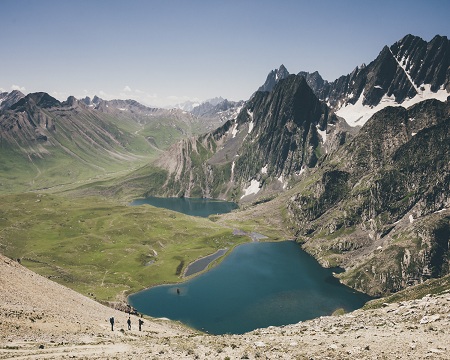
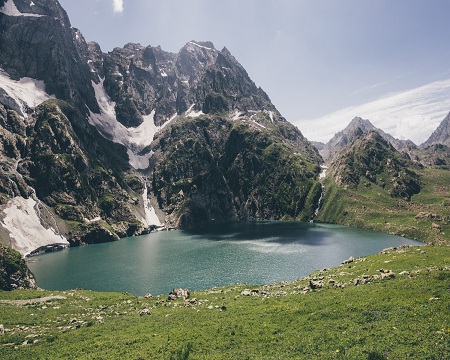
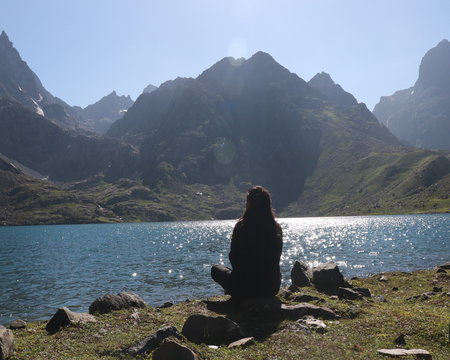
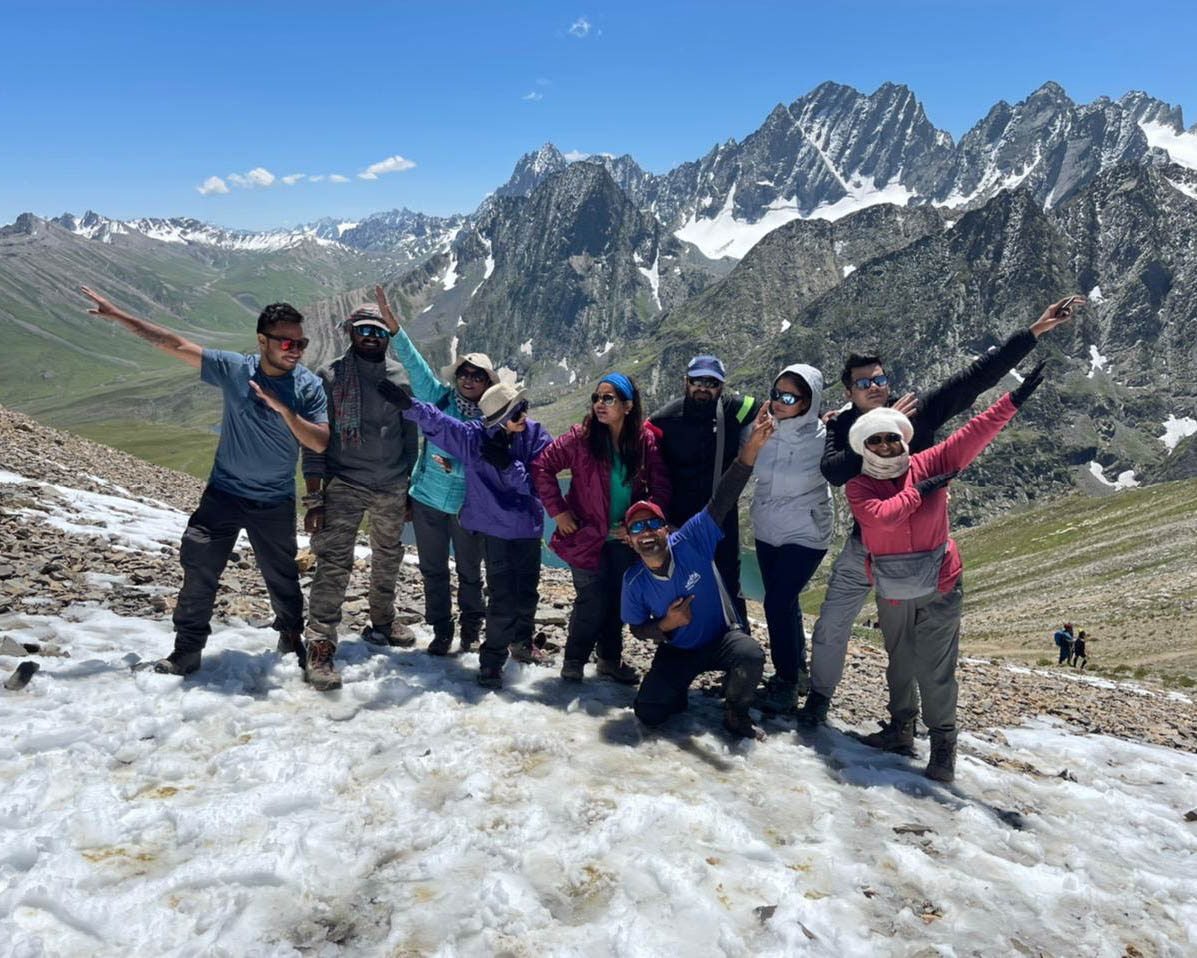
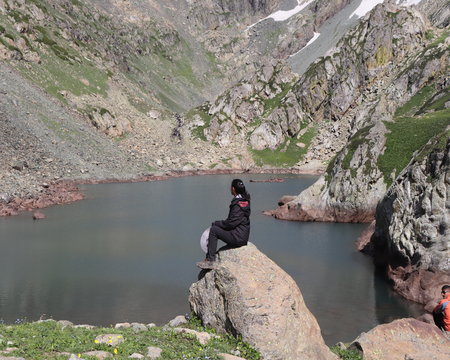
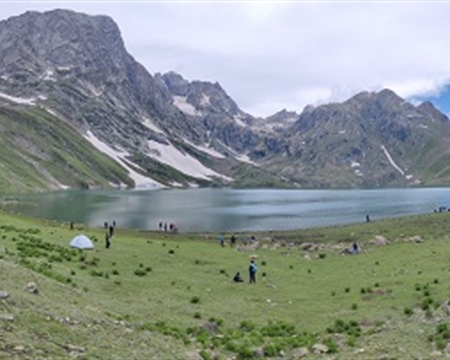
Similar Adventures
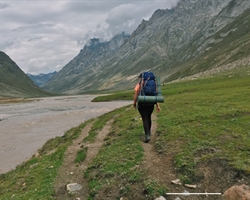
Miyar Valley Trek
The Yosemite of the Himalayas
Himachal
8 Days
BRS 4
3990 m
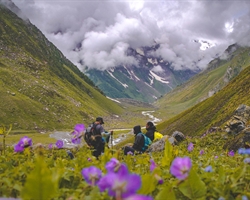
Pin Bhaba Pass Trek
Your gateway to two contrasting worlds - Bhaba & Pin
Himachal
7 Days
BRS 5
4915 m

Hampta Pass Trek
An Enchanting Cross-Over from Manali to Spiti
Himachal
5 Days
BRS 4
4200 m
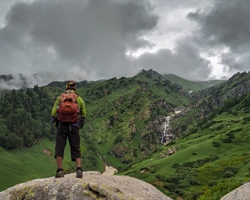
Kalihani Pass Trek
A challenging and off-beat gem of Himachal
Himachal
8 Days
BRS 5
4800 m
